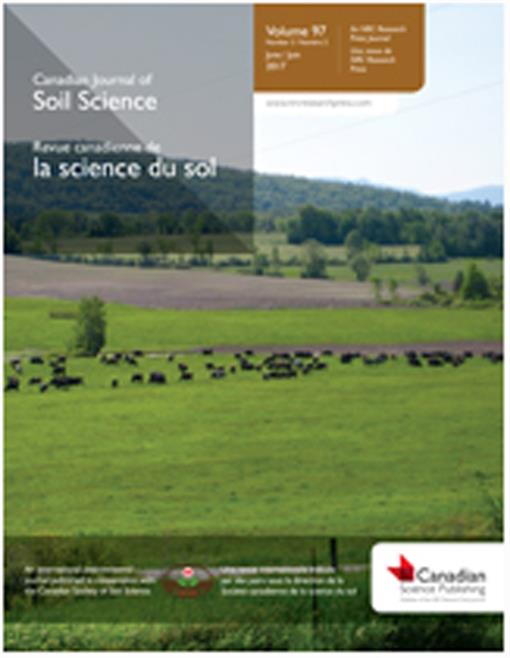Nongrowing season (NGS) greenhouse gas (GHG) emissions may be significant in cold agricultural regions, but the influence of winter conditions, soil type, and fall manuring must be better documented. We monitored NGS N2O and CO2 fluxes and soil atmosphere composition from 2009 to 2013, on sandy loam and silty clay soils, with and without fall-applied pig slurry. Early-winter emission peaks indicated that soil respiration and biogenic N2O production were stimulated during active soil freezing. Soil atmosphere GHG concentrations increased throughout winter, whereas O2 concentration declined, especially when surface fluxes were low. Therefore, soil respiration and denitrification were not stopped by cold temperatures, and low surface fluxes were mainly due to restriction of gas diffusion. Nitrous oxide emissions varied from 0.4 to 8.5 kg N ha-1 and were generally greater in the presence of pig slurry. Emissions were of similar magnitude between soil types, likely because O2 restrictions on denitrification typically found in sandy soils during the growing season were eliminated by high soil moisture content in the NGS. This multiyear assessment highlights the need to include NGS GHG emissions to properly estimate yearly emissions and refine inventories in cold regions, particularly for sandy soils.
How to translate text using browser tools
10 November 2016
Nongrowing season N2O and CO2 emissions — Temporal dynamics and influence of soil texture and fall-applied manure
Martin H. Chantigny,
Philippe Rochette,
Denis A. Angers,
Claudia Goyer,
Lindsay D. Brin,
Normand Bertrand
ACCESS THE FULL ARTICLE
It is not available for individual sale.
This article is only available to subscribers.
It is not available for individual sale.
It is not available for individual sale.





